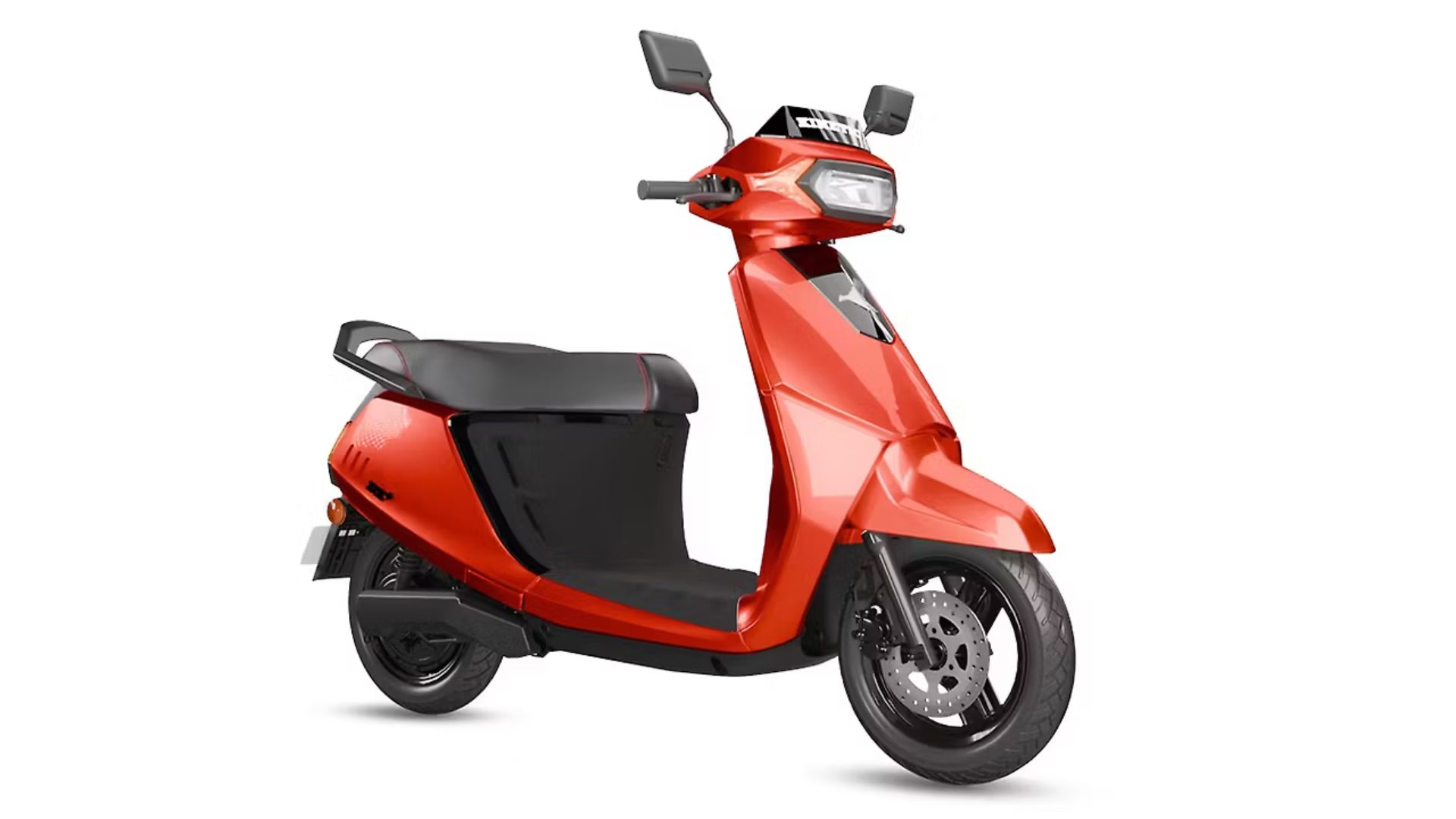The Indian electric scooter segment for families has welcomed a fresh contender — the Kinetic DX, launched recently in New Delhi. With ambitions to secure a top-three spot in sales, Kinetic is betting big on its legacy and engineering strength. But how does the Kinetic DX perform when lined up against the segment’s most popular family electric scooters like Bajaj Chetak, Honda Activa e, Ather Rizta, TVS iQube, and the newly introduced Vida VX2? Let’s explore this detailed electric scooter comparison in India.
Kinetic DX vs Rivals: Design & Dimensions
Among India’s family electric scooters, Bajaj Chetak stands out with nostalgia-inducing appeal. Now, the Kinetic DX joins that heritage-driven space, drawing on its strong brand roots. Competing directly with Chetak, Activa e, Rizta, iQube, and Vida VX2, the DX brings thoughtful design and clever engineering to the table.
In terms of practicality, Kinetic DX features the lowest seat height in this comparison—making it more accessible to a wide range of riders. It offers a 165 mm ground clearance, which is only slightly behind the Activa e’s 171 mm. With a wheelbase of 1,314 mm, the DX also boasts the longest wheelbase in this category, promising better ride stability.
Performance & Battery: Power Meets Range
The Kinetic DX is powered by a 60V hub-mounted electric motor delivering a peak power of 4.8 kW—beating Rizta, Chetak, and iQube. However, Vida VX2 and Activa e edge ahead with their 6 kW powertrains. That said, the DX takes the crown with a 90 km/h top speed, the highest among family-format electric scooters in India.
Its 2.6 kWh fixed LFP battery delivers a range of up to 116 km per charge, outperforming the Activa e. While it falls short of the iQube’s impressive 212 km range, which comes with a larger 5.3 kWh battery, it still offers competitive efficiency. Notably, Vida VX2 is the only scooter in the mix with removable batteries, while Activa e provides swappable battery support tied to Honda’s proprietary ecosystem.
Battery tech also sets the DX apart—it uses LFP (Lithium Ferrous Phosphate) batteries, which are generally safer and have longer cycle life compared to the NMC (Nickel Manganese Cobalt) batteries used in the TVS iQube. Other brands do not specify their battery chemistry.
Motor Placement & Ride Modes
Like the iQube, the Kinetic DX uses a hub motor, while others go with swingarm-mounted or mid-mounted motors. All models offer Reverse Mode and up to three riding modes, ensuring flexibility for various riding conditions.
Features, Technology & Equipment
All contenders offer full LED lighting, digital displays, and smartphone connectivity with features like turn-by-turn navigation. However, only the iQube and Chetak feature touchscreen instrument clusters.
On the safety and comfort front, each scooter is equipped with a front disc brake, rear drum brake, and 12-inch alloy wheels with tubeless tyres.
The Kinetic DX shines in utility with a class-leading 37L under-seat storage, while the Activa e lags behind with a barely usable boot. In terms of frunk space, the Ather Rizta leads with up to 22L of extra room.
When it comes to smart keyless systems, only Activa e and Chetak offer a keyfob. But the DX introduces an innovative password-based keyless entry system, reminiscent of Hollywood spy thrillers.
Entertainment & Everyday Usability
Borrowing a trick from Ola Electric, the Kinetic DX comes with a built-in speaker for music playback and alerts. While it lacks a pillion backrest, the DX includes smart, daily-use innovations like:
- Integrated helpline button on the switchgear
- One-touch pop-out footpegs
- Concealed charging port
These are real-world conveniences that set the DX apart in the electric scooter segment for families.
In terms of advanced features, both the DX and iQube offer cruise control, while only DX includes a hill hold assist—missing in VX2 and Activa e.
Pricing & Value for Money
Pricing is one of the Kinetic DX’s strongest advantages. Only Vida VX2 and TVS iQube are priced more affordably at base level. When comparing top-spec variants, Kinetic DX undercuts most rivals except for the introductory pricing of Vida VX2.
Ather and Honda models fall into the premium pricing bracket. For accurate comparisons, optional plans like AtherStack Pro for Ather and TecPac for Chetak have been considered.
Final Thoughts: Is Kinetic DX the Best Family Electric Scooter in India?
With a compelling mix of competitive pricing, standout features, high top speed, and innovative convenience elements, the Kinetic DX certainly raises the bar in the family electric scooter category. While some rivals may beat it on battery range or touchscreen tech, the DX offers a well-rounded, value-packed option for Indian families seeking a reliable and feature-rich electric two-wheeler.
Also Read: Kinetic DX Electric Scooter
